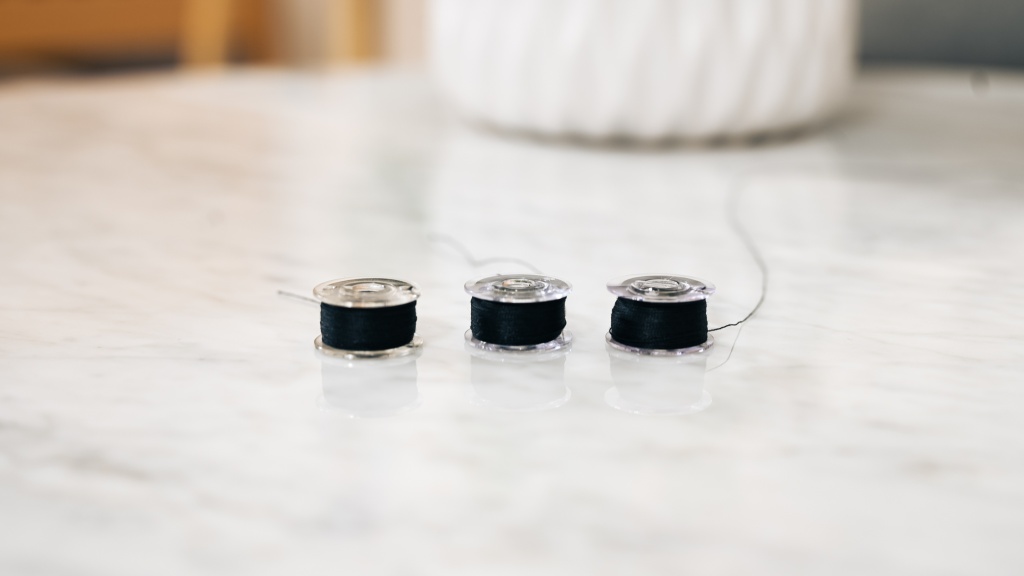We took some of the top-rated, most popular sewing machines on the market and put them through a gauntlet of tests to find the best. Splitting the overall score up into three metrics — Sewing, Ease of Use, and Buttonholes — we pushed each machine to its limits and went through needles, bobbins, and yards and yards of fabric and thread to find out which machines were the top performers.
Sewing
As this is the entire point of these machines, sewing performance made up a large portion — 45% — of the total score for each model. We brought in a panel of experienced sewing consultants who helped us evaluate these machines on their ease of setup and use, side-by-side sewing performance, and buttonhole capabilities. We ran each of our machines with various fabrics and with all of the most commonly utilized stitches. We then had a panel of experienced sewing machine users, as well as some users new to the craft, evaluate the stitches on their uniformity, tension, and appearance. As this is a somewhat subjective method, we aggregated their scores and looked for consensus, eliminating any that were obvious outliers.
We also did more difficult tests with each machine, such as determining whether it could work through 8 layers of denim or sheer, slippery fabrics like chiffon and silk. We also did tests to analyze the zipper process and quilting, if the machine included functionality for that.
Ease of Use
These products are meant to make it easier and faster to sew and, thus should be easy to use. We reviewed and rated the machines on everything from how intuitive the on-machine instructions were to the quality and presence of light to illuminate your work. We weighted this metric at 35% of the total score.
Sewing machines have a myriad of settings to adjust, like tension, type of stitch, length, width, and speed of stitching, to name just a few. We felt it was important to know exactly how to adjust each of them at a glance and rated each machine on the readability and intuitiveness of these directions. The machines that we reviewed fell into two categories: mechanical and computerized. Selections on mechanical machines are made by aligning and adjusting various knobs and levers, while computerized machines require navigation through menus and submenus.
We looked at how easy it was for someone new to the machines to select a stitch or change the tension without consulting the manuals. We found a decent spread between the machines; some were extremely intuitive and easy to use, while others resembled an aircraft control panel.
We then looked at the level of light provided by each machine, how easy it was to select various stitches, if there was a set needle stop position, and whether or not it was adjustable based on user preference. Finally, we checked to see if the machine had a thread cutter, whether it was automatic or manual, and how easy it was to use.
For the bobbins, we looked at both the ease of threading and setting the machine to wind the bobbin and the quality of the wind when finished. We were particularly looking for consistent winding, with an even amount of thread distributed from the top to the bottom of the bobbin. We then looked at how easy it was to install the bobbin in the machine, how much dexterity was required to thread the shuttle, and how clear and easy to read the directions on the machine were when it came to threading and installing the bobbin.
Buttonholes
The last metric we looked at was how the machines did with buttonholes. While older readers may remember this as being tricky or a process that ended with hair-pulling, the majority of machines nowadays have a 1-step buttonhole process, making it easy for beginners to sew the perfect buttonhole.
First, we rated the ease of setting up the buttonhole mode on the machine, attaching the buttonhole foot, and setting it to the proper size with the desired button. We then went through each machine and made a set of buttonholes on different types of fabric, similar to our stitch testing methods, and rated the quality of each buttonhole, mainly focusing on the evenness and whether or not it was prone to unraveling.
The last component of this metric was how easy it was to place the buttonhole in the desired location using the alignment marks printed on the specialized presser foot. After all, it is useless to have the perfect buttonhole if it's in the wrong place on your garments or other projects.
To see how each sewing machine performed when completing these tests, take a look at our complete, comprehensive Sewing Machine Review. If you are new to sewing machines or want a little more background take a glance at our helpful Buying Advice article.








